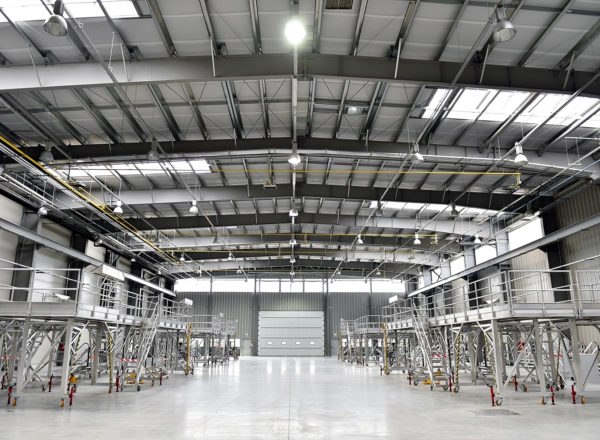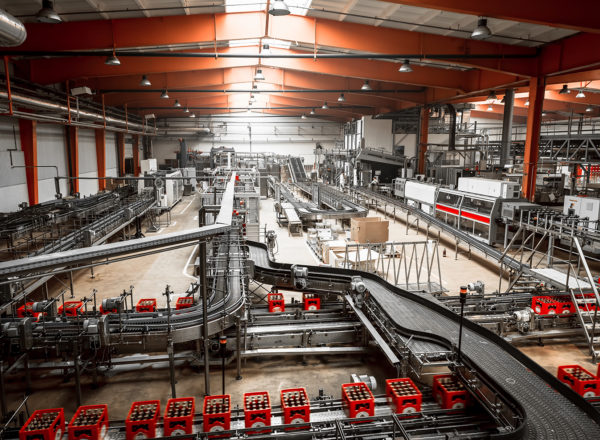The story of Chicago's southeast side is one of steel.
There was a time when the region produced arguably one of the largest quantities of steel on the planet. Thanks to the presence of relevant natural features that were good for business, steel mills were drawn to the region after the civil war. Of course, the land was cheap and abundant, making it ideal for use as disposal and bulk storage land for factories.
With an abundance of freshwater, the manufacturing and transportation industries could thrive. The Southside was linked to other parts of the country via railroads. Labor supply was abundant and more workers were able to find space for housing. And, there was a good distance between the region and the rest of Chicago, ensuring that the civil impact of heavy industries would be minimized.
Yet, it was close enough to tap into the Chicago metropolitan markets.





